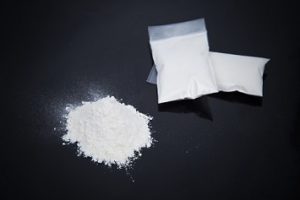Drug use in the American workforce has reached its highest rates in 12 years. Learn more about these important findings and the implication for worker safety.

GeniusKp / iStock / Getty Images Plus / Getty Images
The significant increase was announced by Quest Diagnostics, which analyzed more than 10 million workforce drug test results from 2016. According to the annual Quest Diagnostics Drug Testing Index (DTI), overall positivity in urine drug testing among the U.S. workforce in 2016 was 4.2 percent. That’s a 5 percent increase over last year’s rate, and the highest since 2004.
Rates for cocaine increased for the fourth consecutive year in the general U.S. workforce and for the second consecutive year among those in the federally mandated safety-sensitive workforce. This includes positions in transportation and other fields where the employee is responsible for his or her own safety, and that of others. In both groups, the rate for cocaine in post-accident drug tests was more than twice that of pre-employment drug tests. Quest explains that while a positive test does not prove drug use caused an accident, it raises the question as to whether it played a role.
Attorney Matt Nieman of Jackson Lewis and general counsel to the Institute for a Drug-Free Workplace says the new statistics reveal an on-going threat to workplace safety. He added, “While the national dialogue swirls around marijuana and opiate issues, we find cocaine—a substance with well-established dangers—continuing its troubling upswing not just in the general workforce, but in safety-sensitive jobs and federally mandated testing.” Nieman says the increase in positive cocaine test results should serve as a reminder to employers of the need for vigilance in efforts to thwart the impact of workplace substance abuse.
The 2016 Quest findings also showed that the positive rate for marijuana use continued to climb in the U.S. workforce. In Colorado and Washington, the first states to legalize recreational marijuana, the overall rate for marijuana use outpaced the national average for the first time since the statutes took effect. Colorado saw an increase of 11 percent (from 2.61 to 2.90), while the rate in Colorado increased 9 percent (from 2.82 to 3.08).
Also of note, after four years of increases, urine testing positivity for heroin held steady in the general U.S. workforce. And use of prescription opiates like hydrocodone declined.
